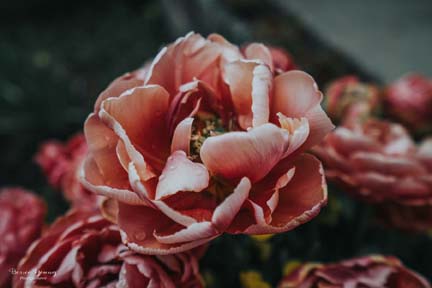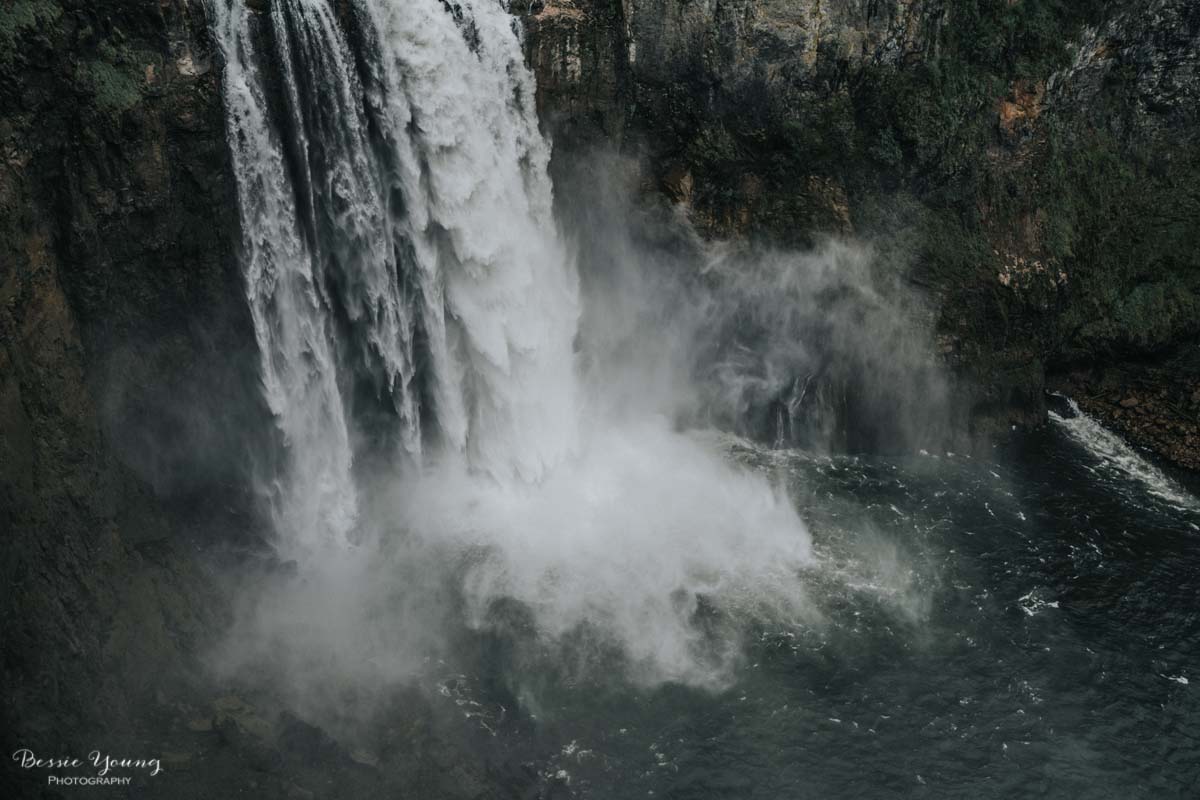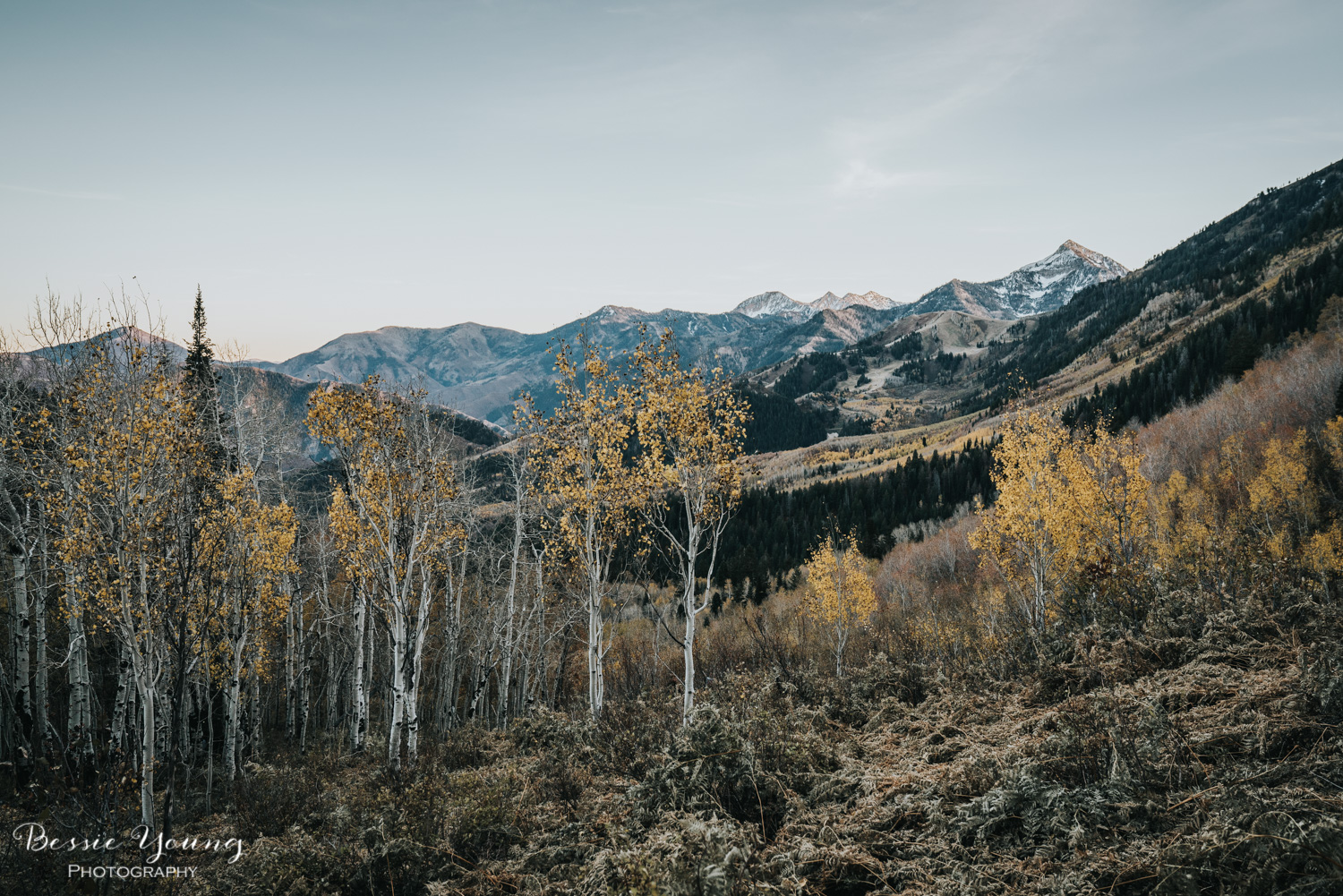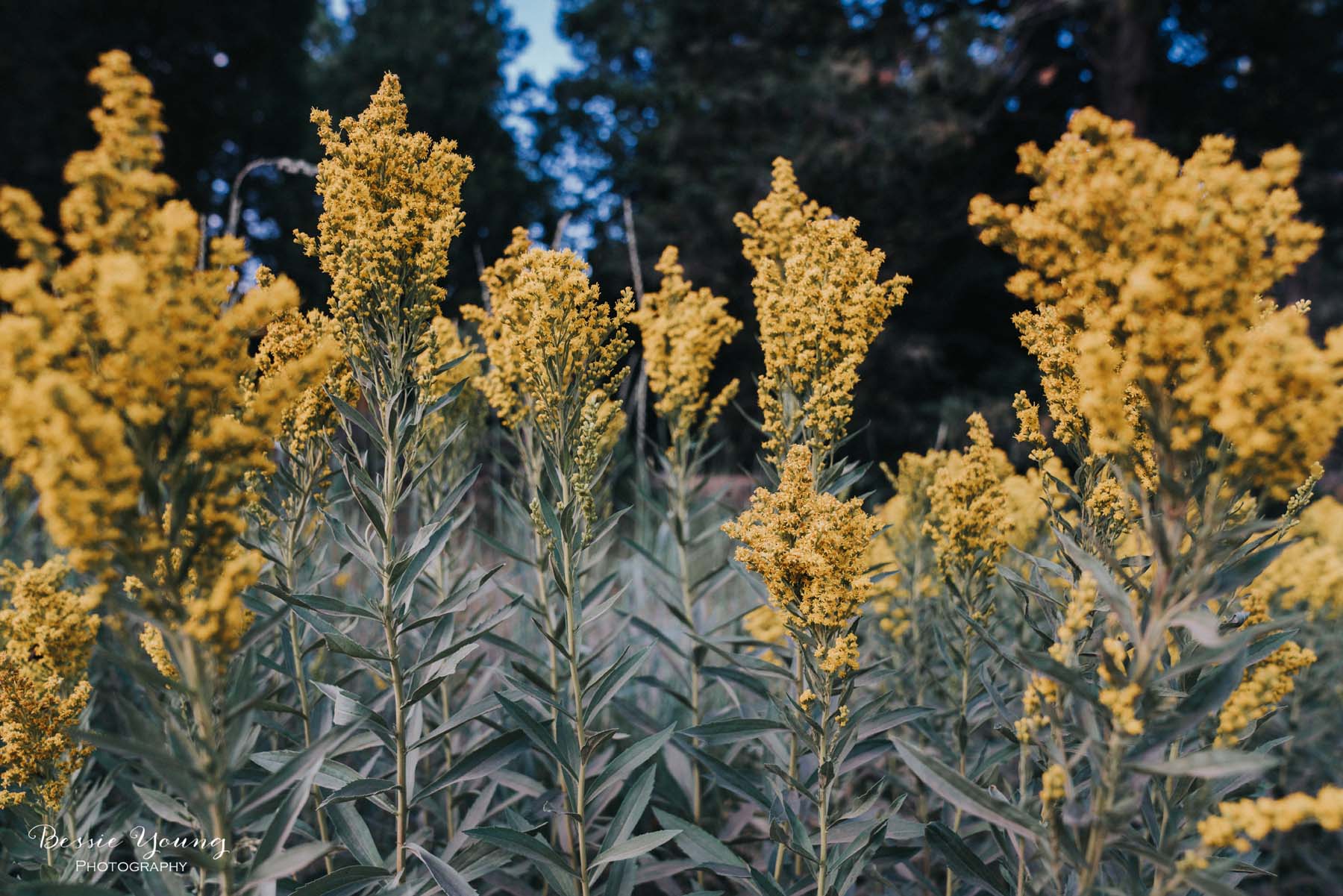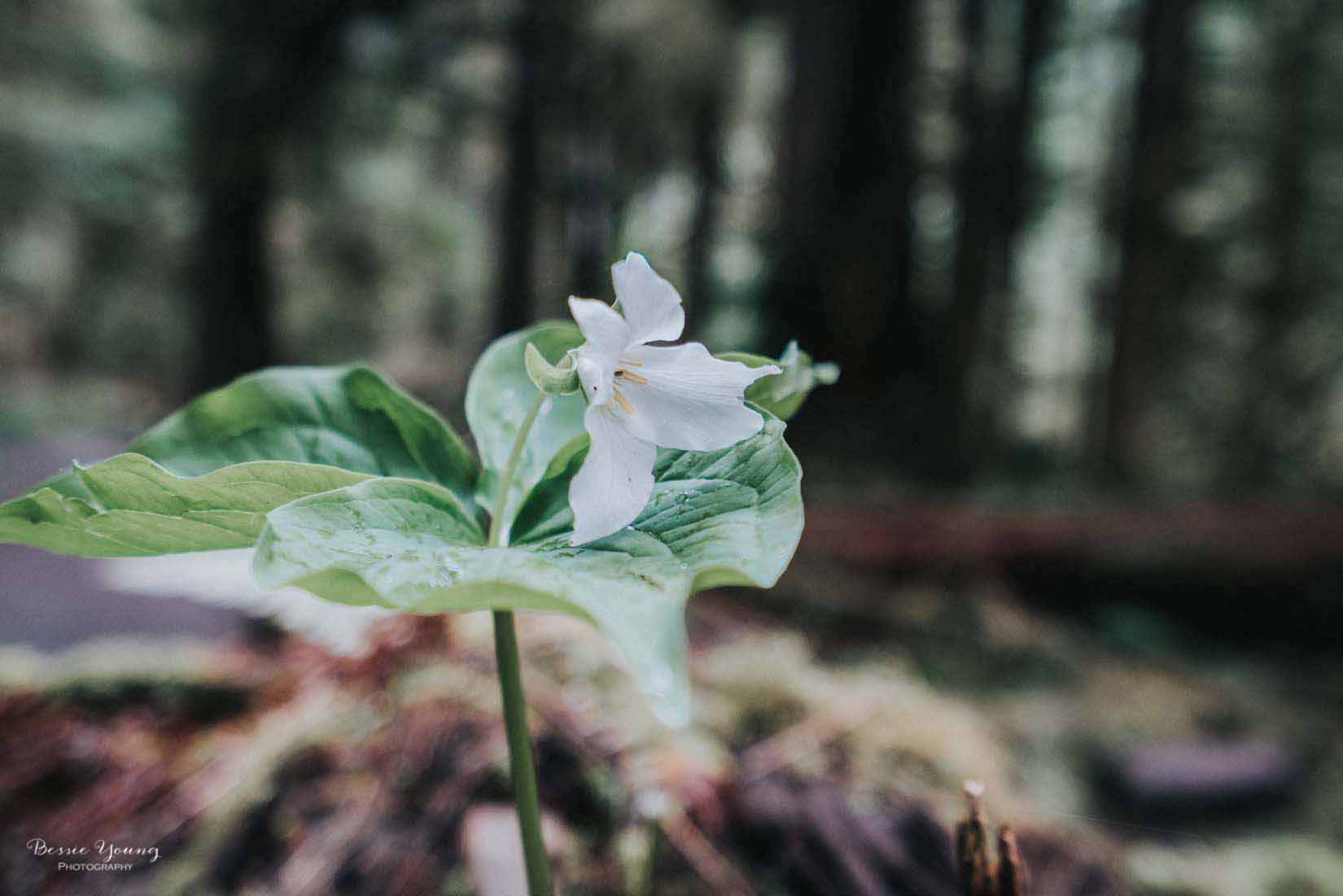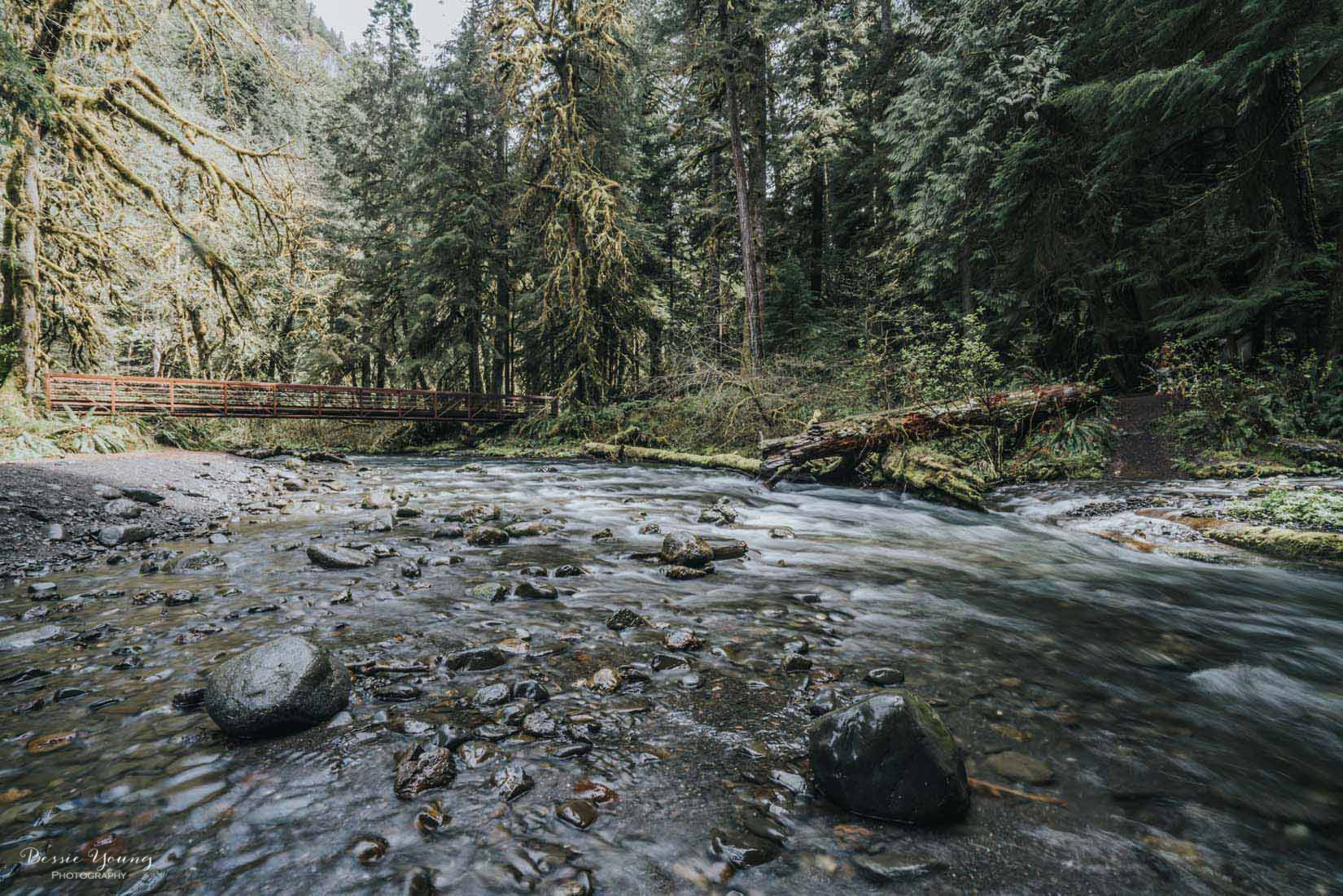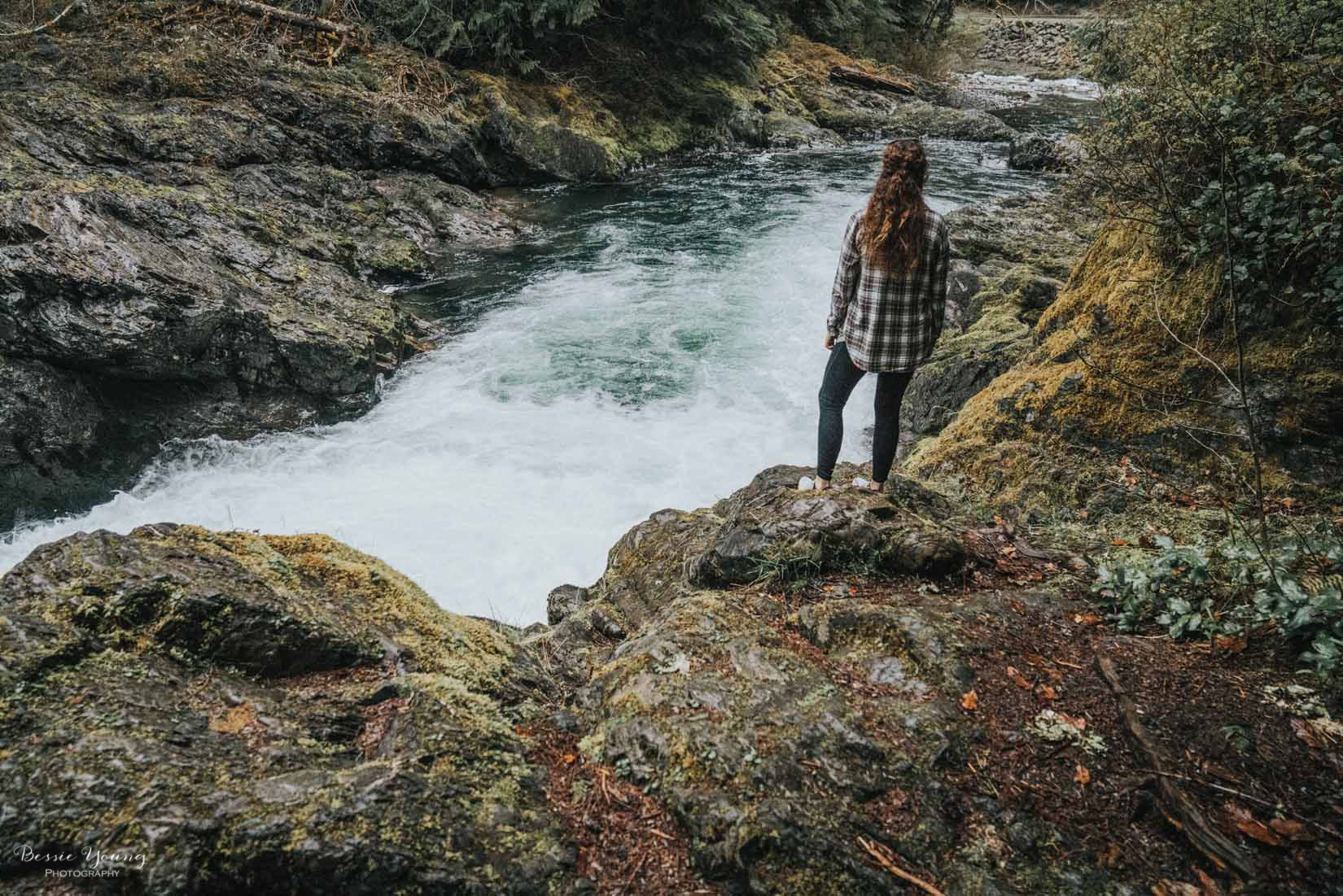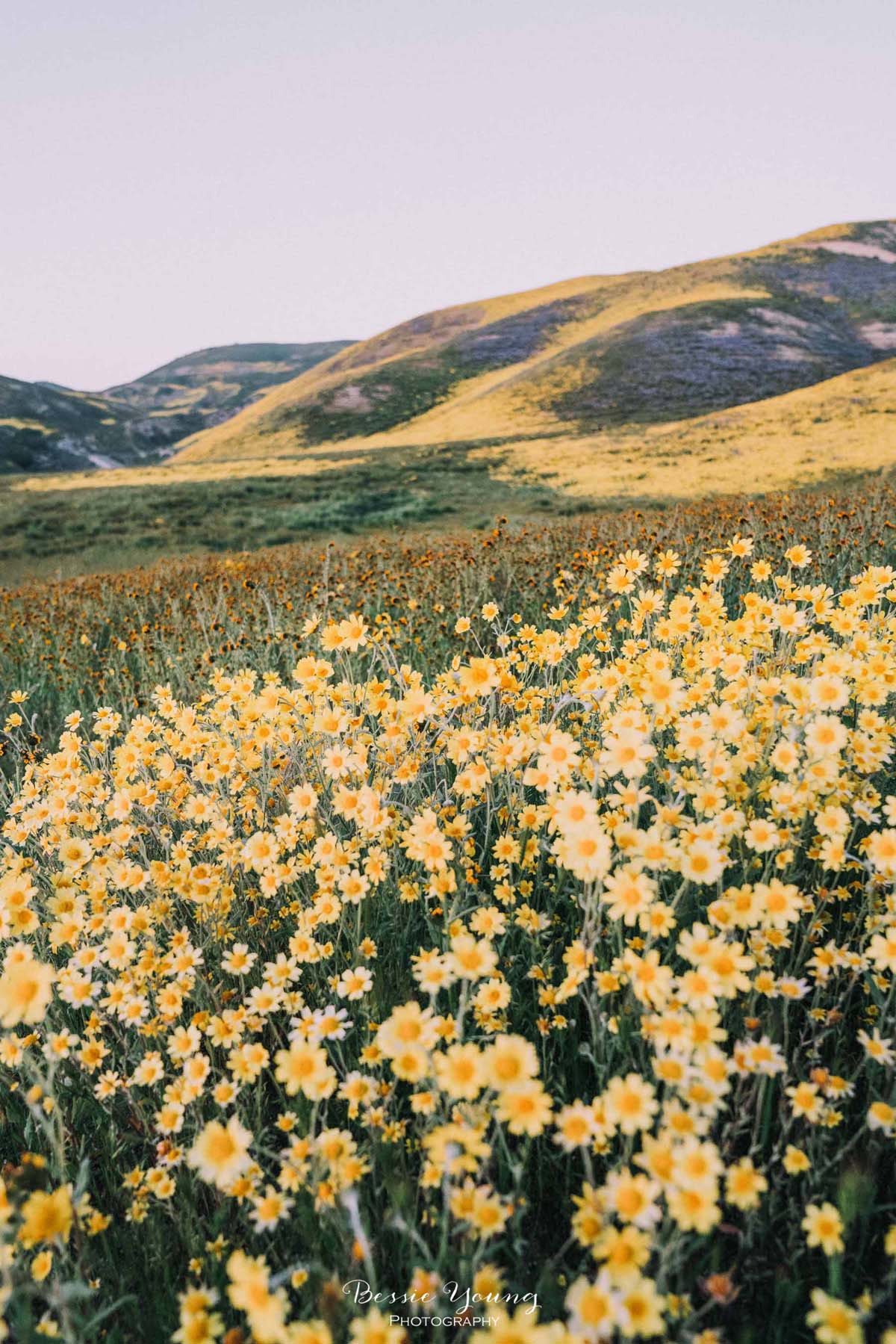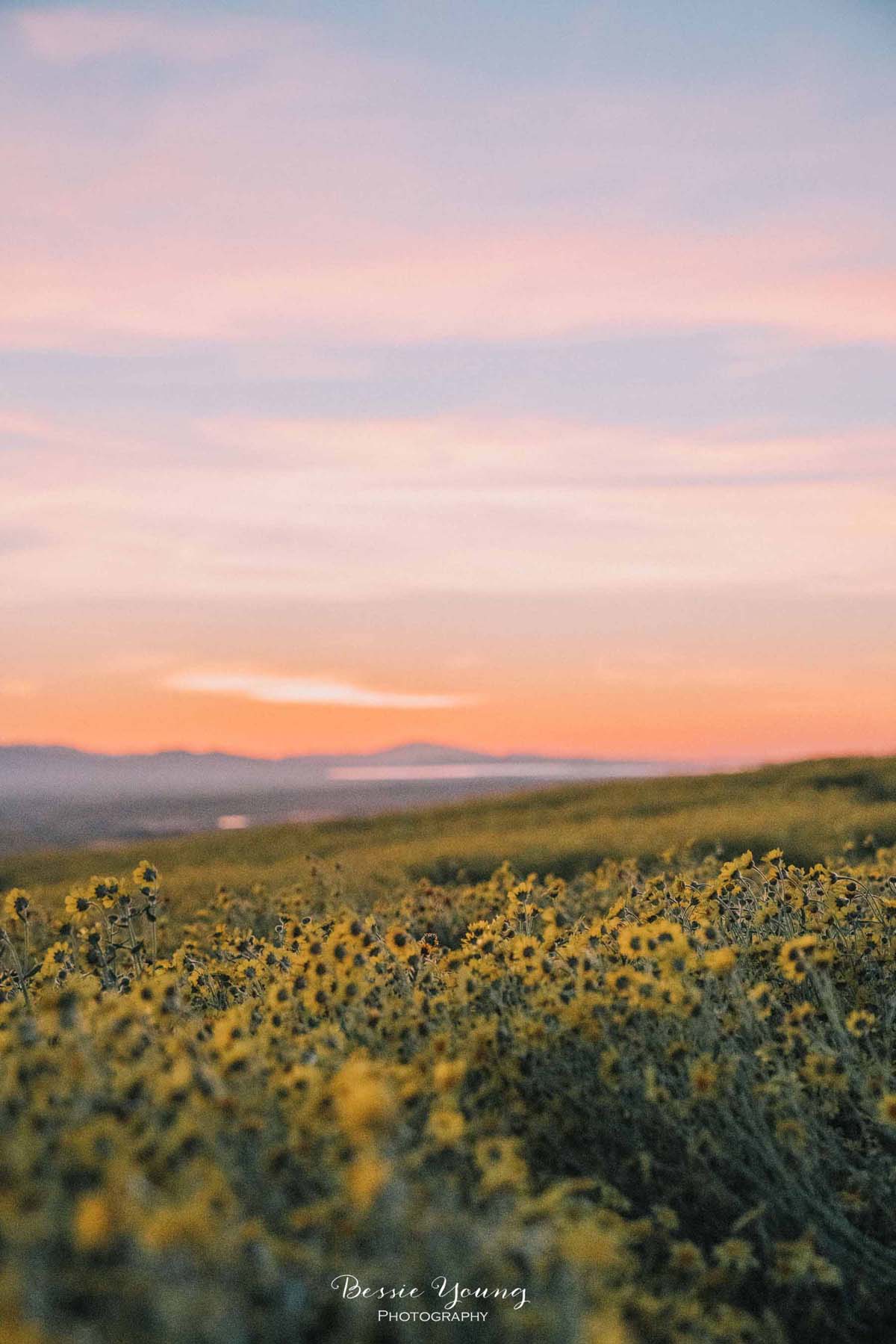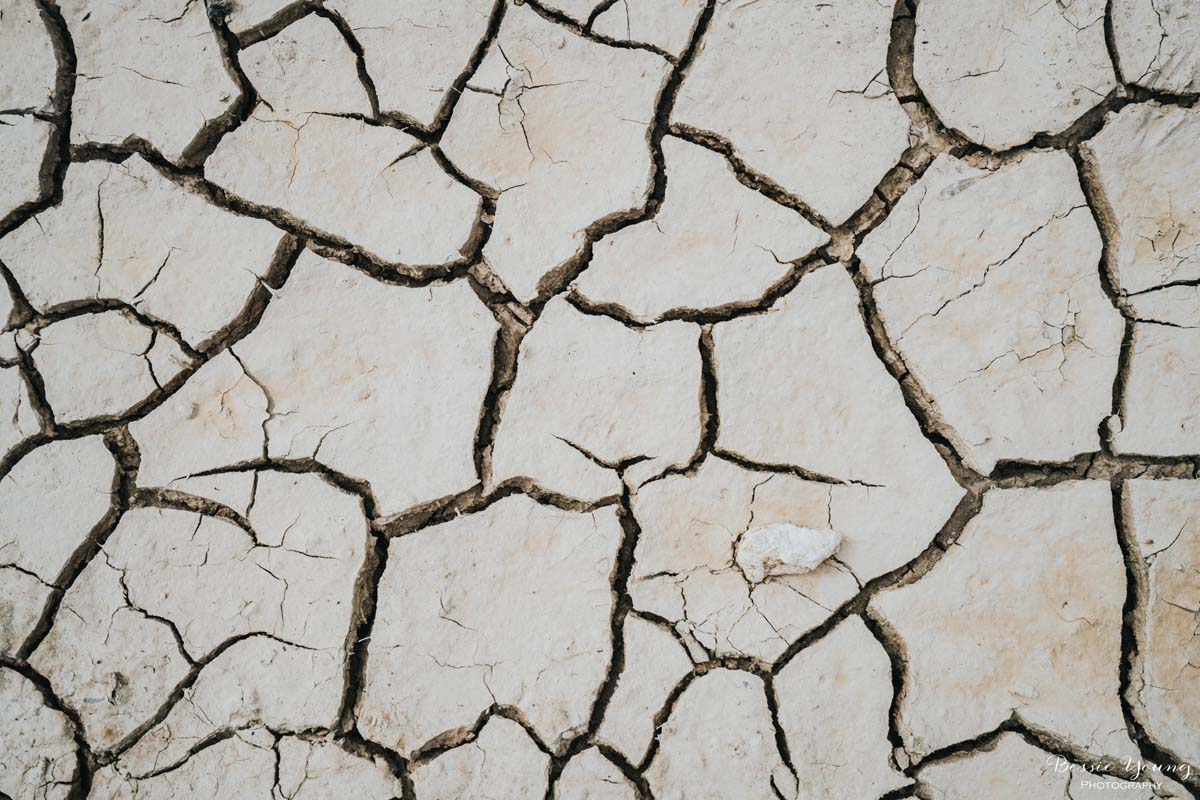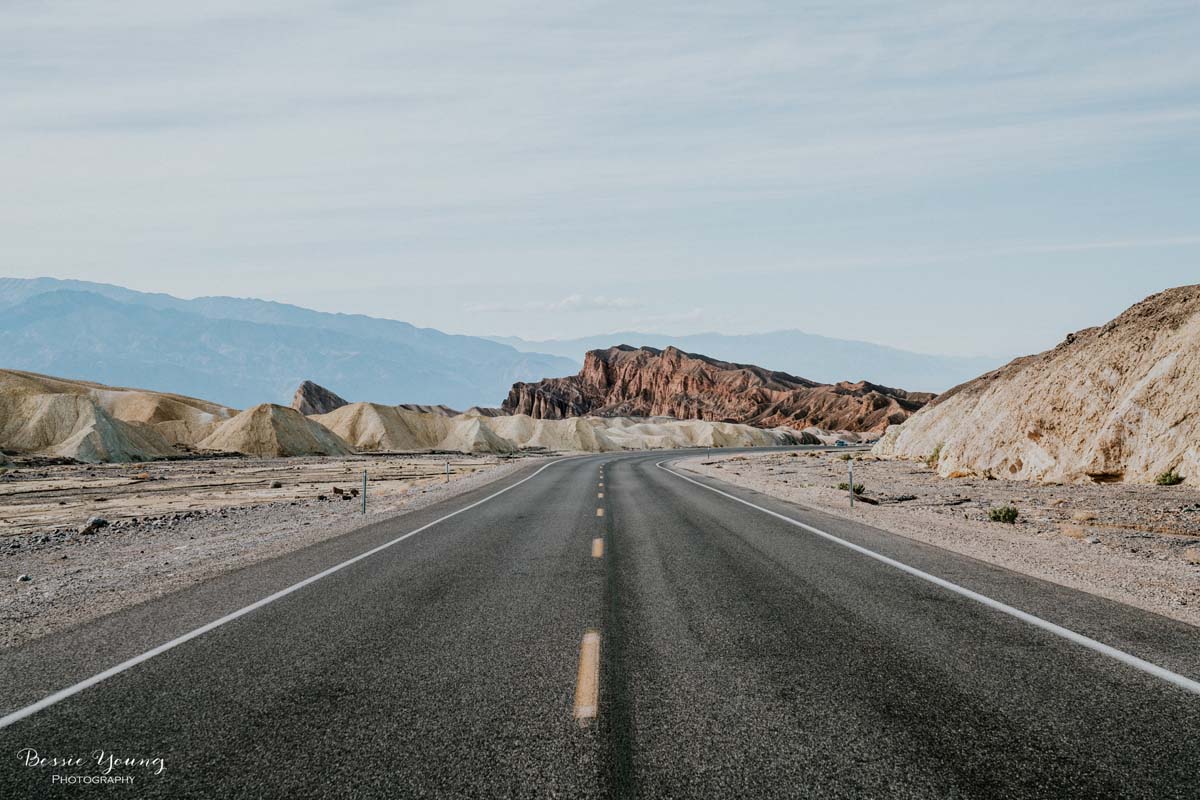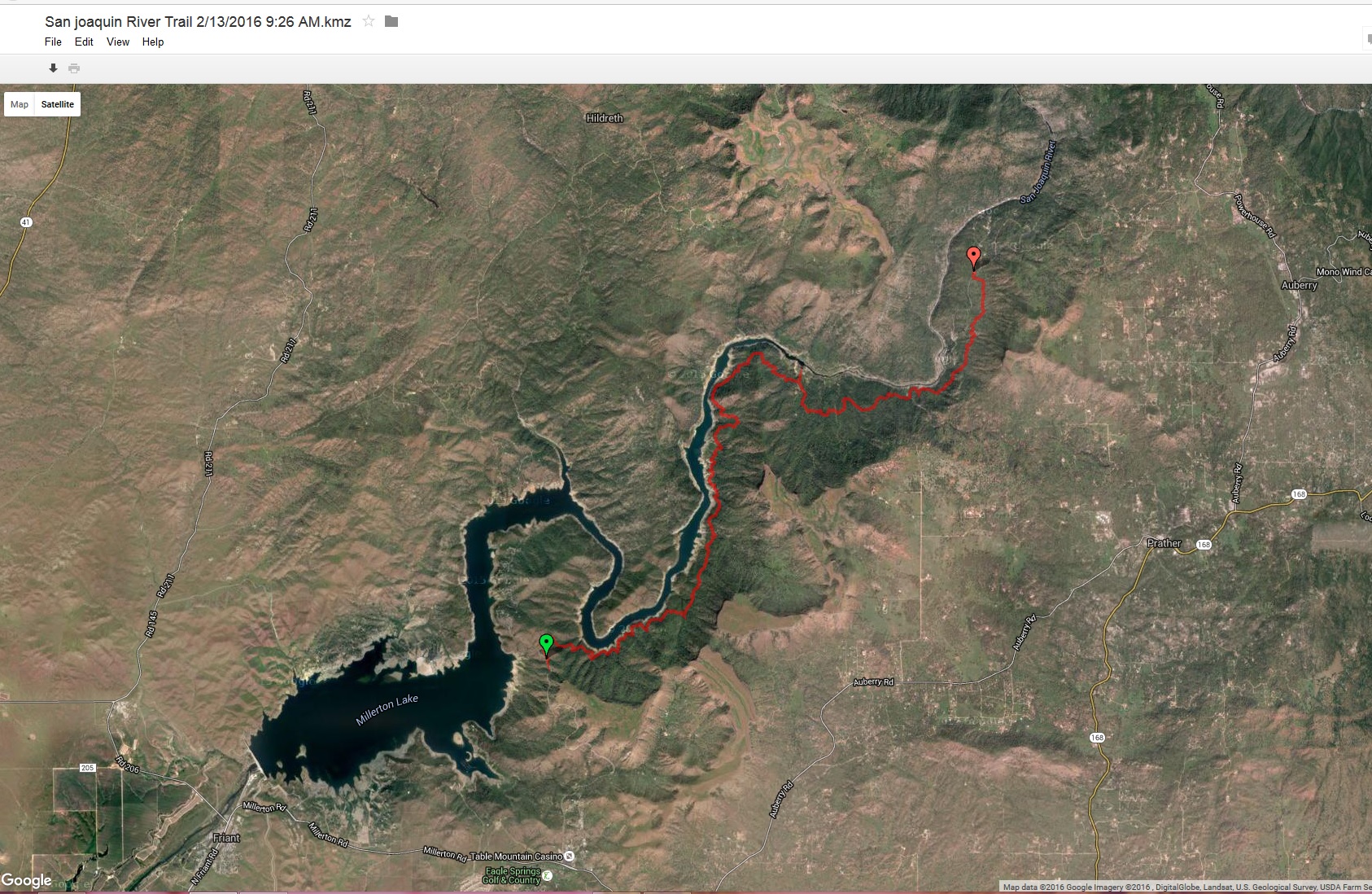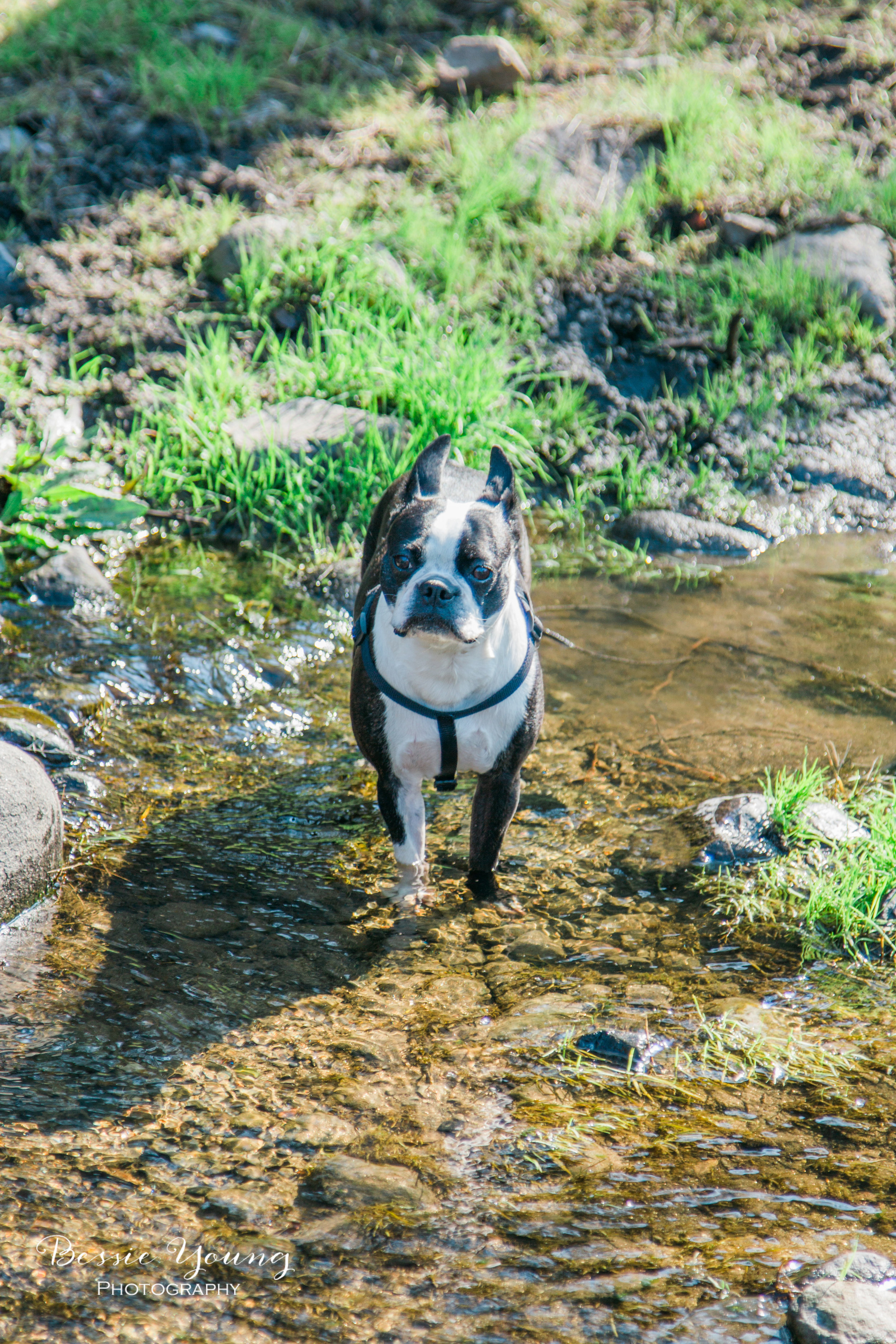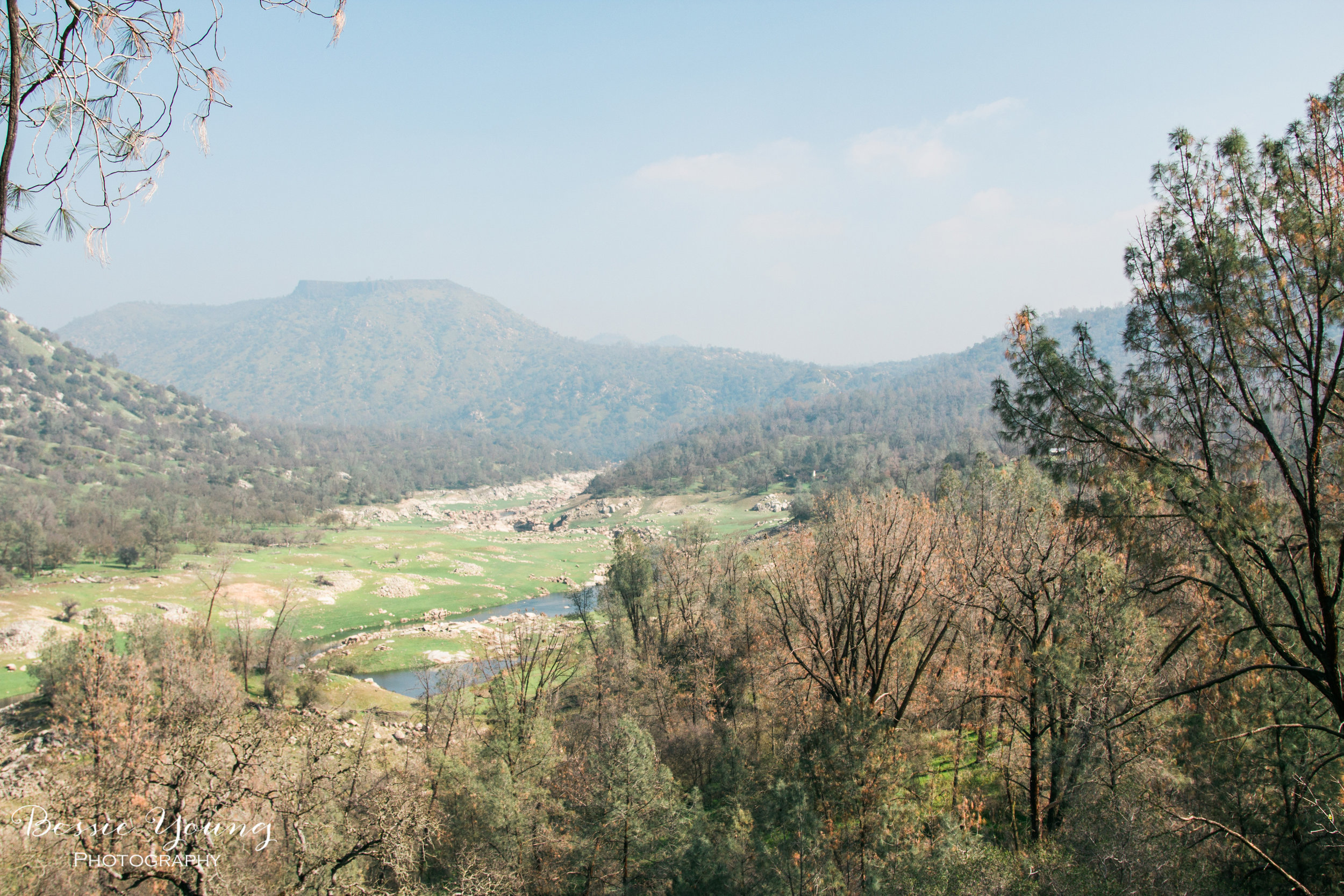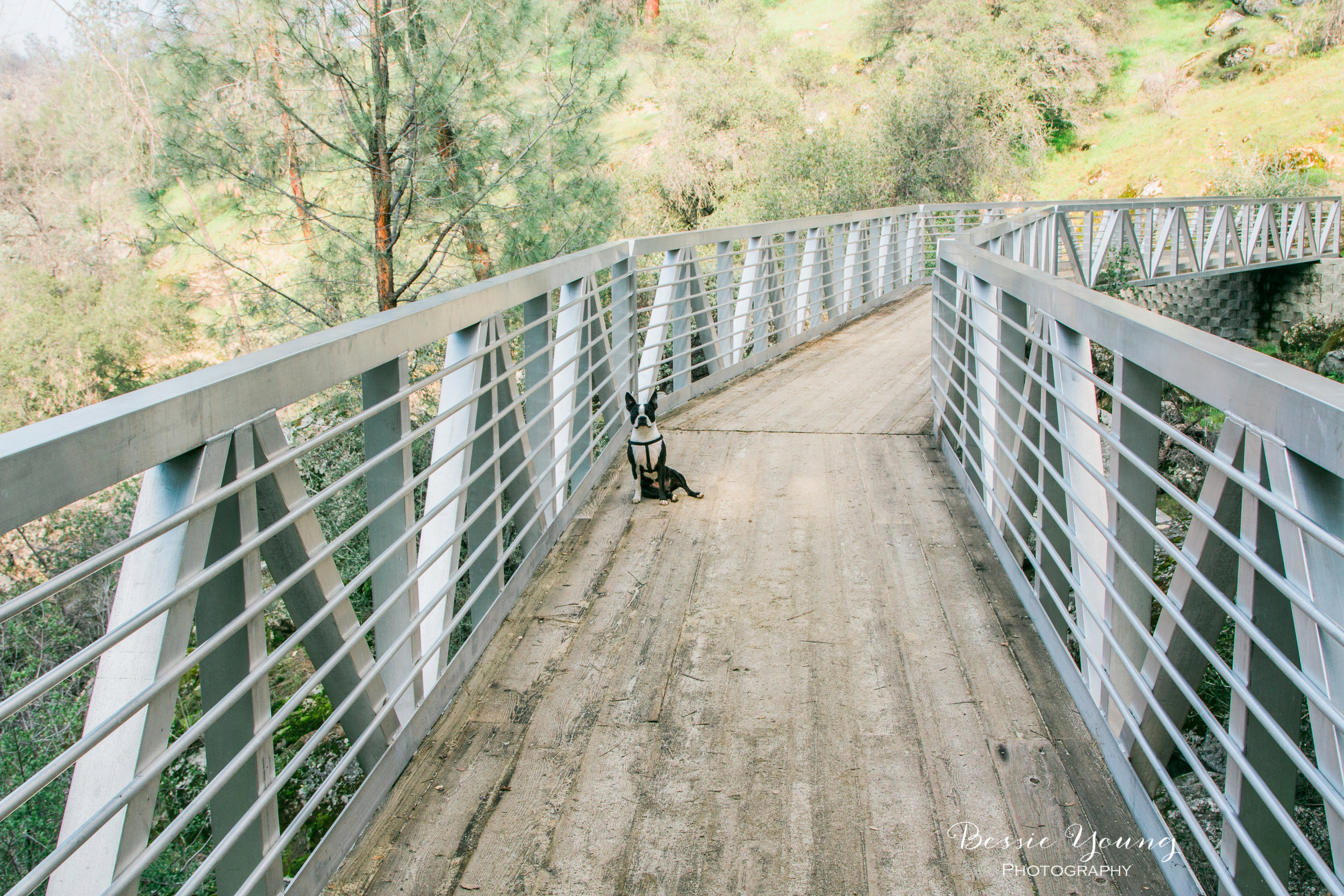Preparing for the Solar Eclipse 2017:
Let's just say that I had planned to go see the Solar Eclipse 2017 since 2016. I was so excited about it and had a plan to travel to Wyoming to witness the natural phenomena. The plan was to watch the Solar Eclipse in Wyoming, and then adventure into Yellowstone National Park. This seemed like an awesome plan to me. As the Solar Eclipse started getting closer some unsettling stories began to surface. Small towns worried about not being able to handle the crowd, running out of gas, sewers not being sufficient. Some small towns were preparing for the eclipse the same way they would prepare for a natural disaster. Word was every small town in the path of totality was going to become a parking lot.
One week before I left for Wyoming, I decided to change plans. My new plan was to head up the California Coast and into Oregon. This took a bit of research in order to find places to camp along the way as everything seemed to be full the closer you got to the path of totality. I ultimately decided that not seeing totality was going to be good enough. I opted for a less stressful adventure, less people, and hopefully less traffic. Honestly, I wasn't even sure I was going to be able to get a good photograph of the eclipse (yes I was nervous and doubted my capability), so going into the path wasn't something that was a must for me. I wanted to get as close as I could get without sitting in traffic for hours.
Ready to Photograph the Solar Eclipse?.......Not really:
Leading up to the Solar Eclipse, let me tell you, I did my research when it came to how to photograph it. I knew I had to get the series of images. You know the one that shows all the different phases of the Solar Eclipse. Everything I read was that an ND filter would be sufficient to take Solar Eclipse photographs. I read it on the internet so it must be true, right? Um, no. PLOT TWIST!
The night before the solar eclipse I read an article on the Sony website - why didn't I go their first? Then another article and another, explaining that an ND filter wasn't sufficient. Using one would reduce my camera to a paper weight. I needed to have a Solar filter. I had the wrong filter! Obviously I couldn't find a solar filter the night before the Solar Eclipse. What was I going to do? Was this it? Did I travel all this way to not get the picture?
After doing a bit more research I found out that I could use a welders lens. That is right a welders lens! You know the lens that welders use in their helmets. The search was on. Where could I get one? Where could I find this, last minute, in the little ocean town of Bandon on a Sunday evening? Nowhere, that's where. I feared I might not be able to capture the solar eclipse but hey, least I found out before I ruined my camera.
Undeterred I made a plan.
Up before the sun:
My goal was to make it as close to the zone of totality as I could without getting stuck in the crowds. I was aiming for Roseburg but if I could get further North I would. I woke up early but that wasn't the difficult part. The difficult part was not having coffee :( that's right... I hit the road without a drop of coffee. Who does that anyways?
As I traveled along Hwy 42 towards Roseburg I passed through the small town of Coquille and guess what... they had a little drive through coffee stand. You don't even know how excited I was. With a new vigor I continued on to Winston. As I pull into town I see a hardware store. Surely they would have a lens, right? Wrong. Sold out. Now where? NAPA! That's where.
I called Napa not realizing it was right around the corner from me. When they said they actually had a couple I about lost it. Pretty sure I was yelling at the guy on the phone when I said I'd be right over. You guys have no idea how excited I was to hear this. I could actually get the pictures of the Solar Eclipse! Now to find the perfect secluded spot to photograph the eclipse.
The set up:
I found a spot along a country road that would work perfectly. I was at a location that was about 97% totality (meaning 97% of the sun would be covered by the moon). The ideal spot to capture the photo I have always dreamed of capturing.
The Solar Eclipse 2017 began around 9 am. There are various phases of the Solar Eclipse and I wanted to capture them all. At 10 am it started to get darker and the temperature started to drop. The darker it got, the cooler it got. Eventually I needed my jacket. 10:21 was the full solar eclipse and at 10:23 it was over. It got about as dark as dusk and then began to slowly get brighter and warmer.
The Final Image:
I got it, I did it and I was able to document to Solar Eclipse 2017! Ultimately, I stayed at my location until about 11:40 because I wanted to make sure to capture the all the different phases of the event. Doing so I was able to create this image:



























